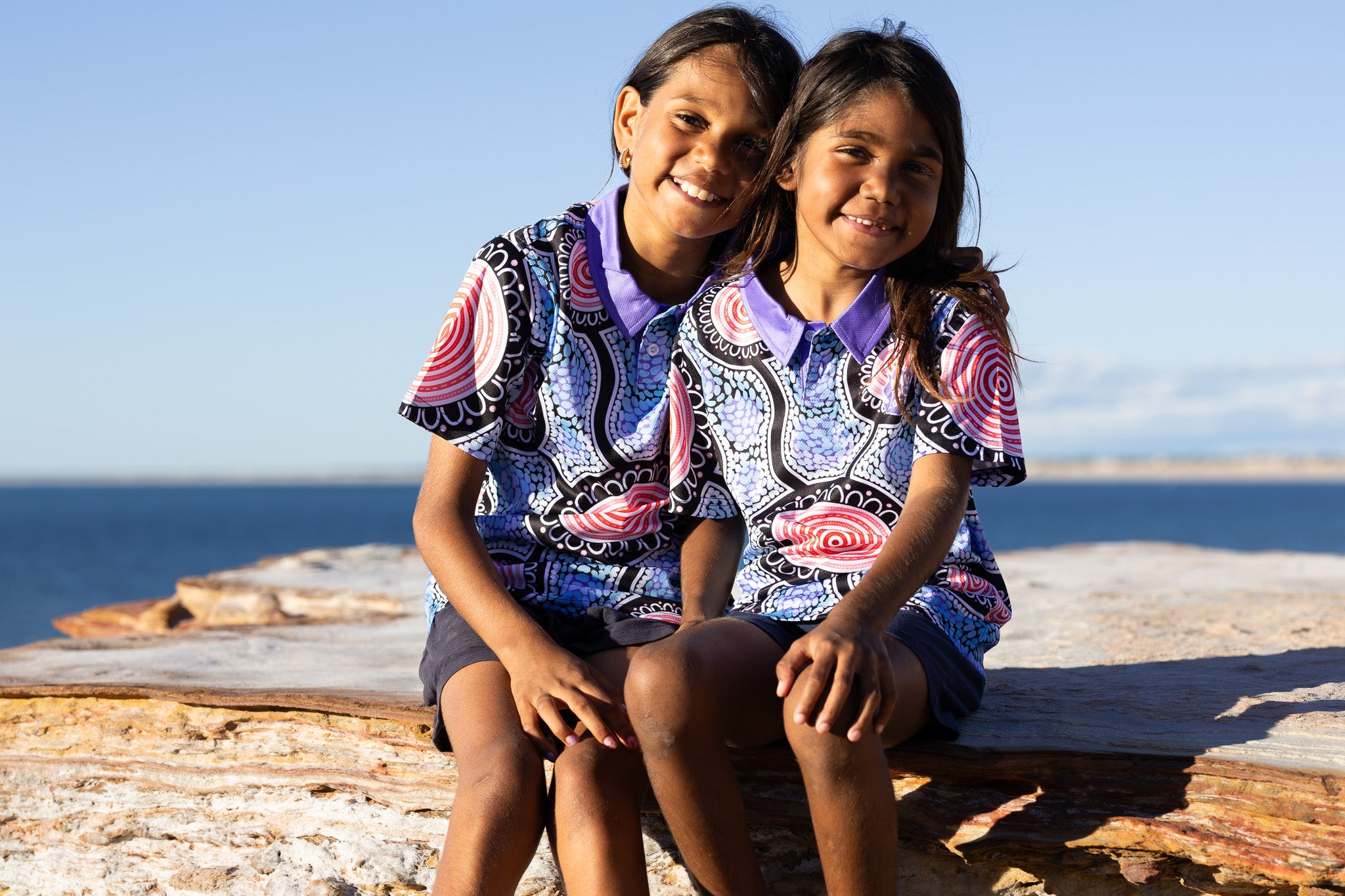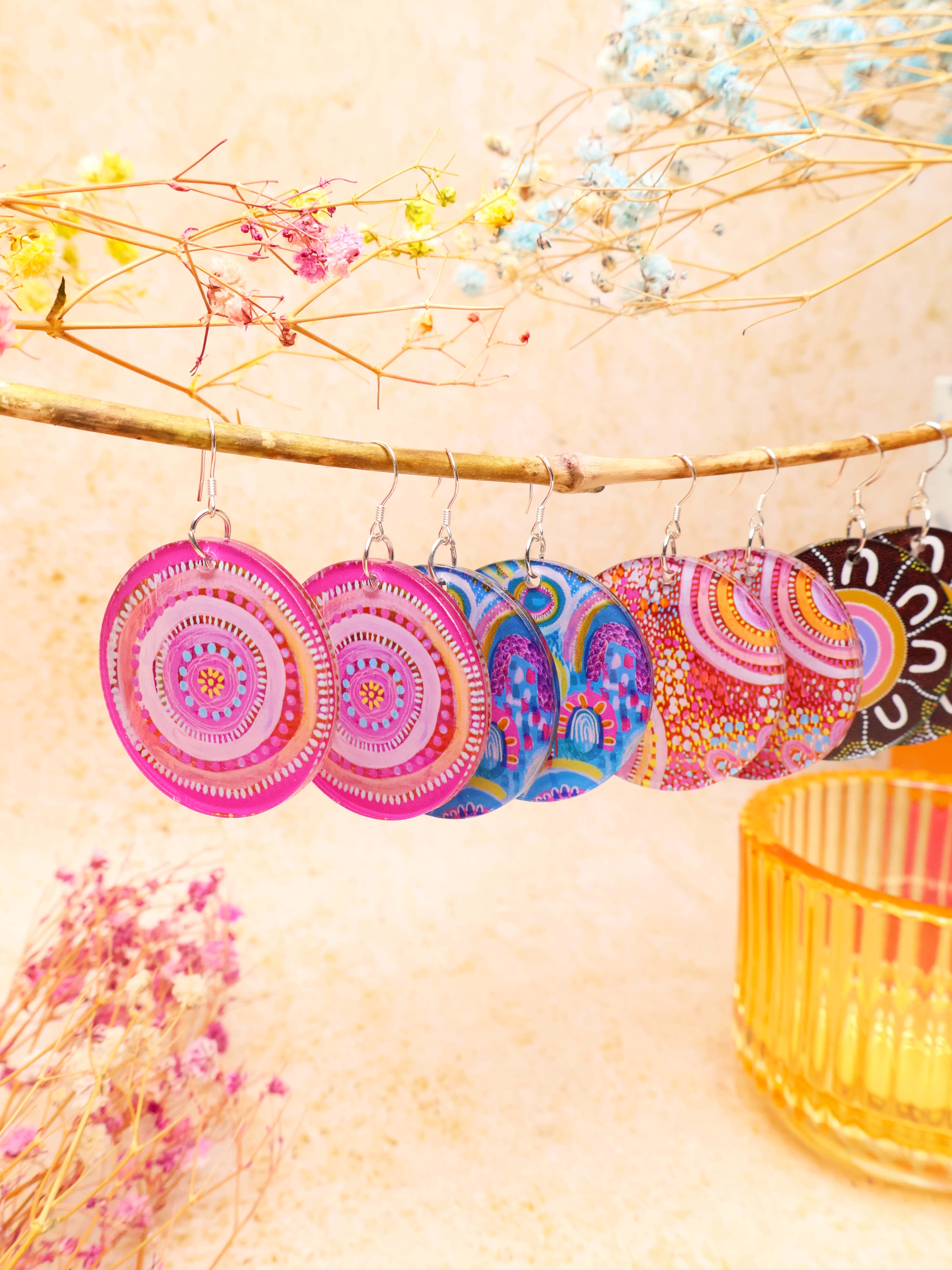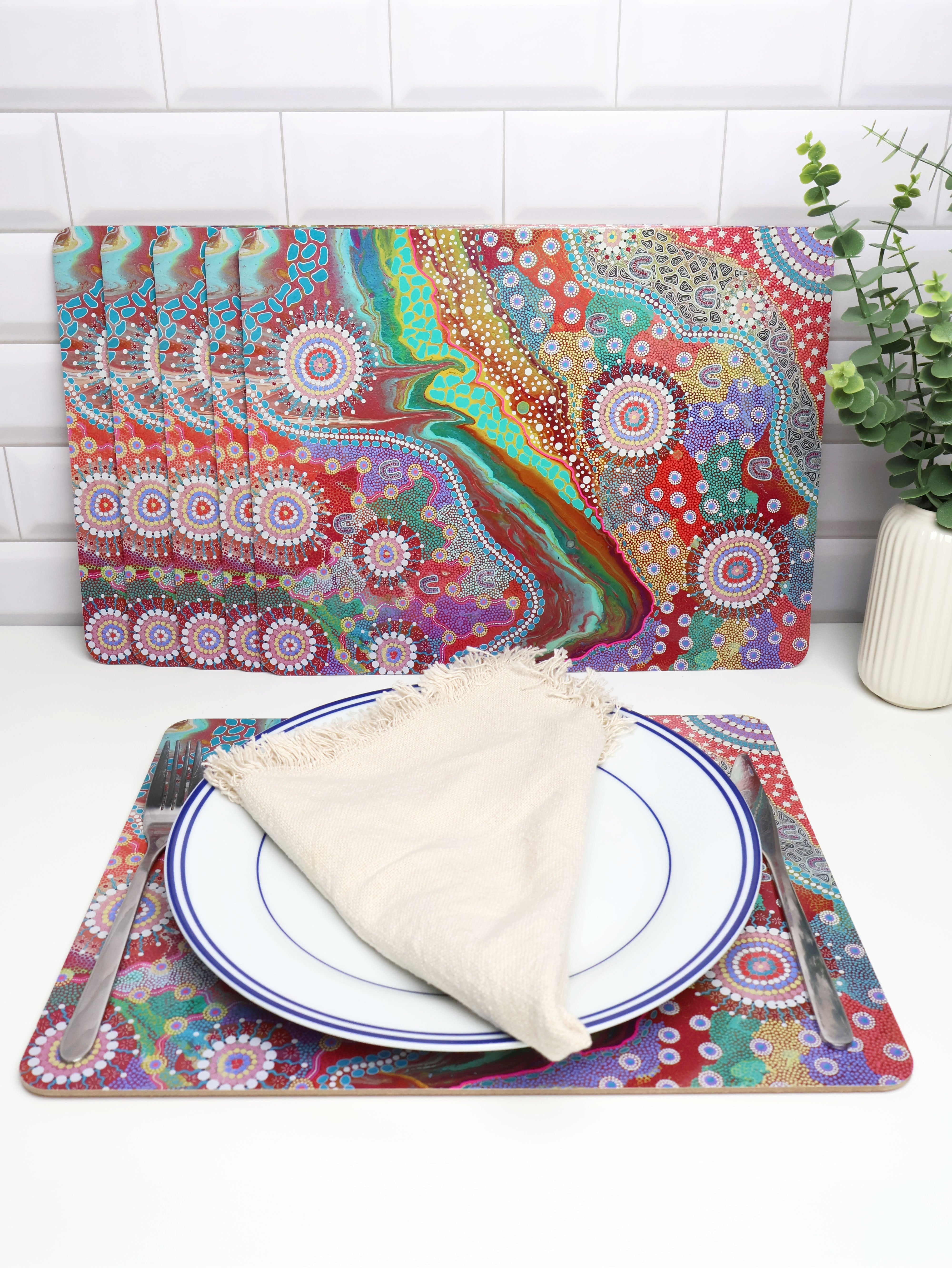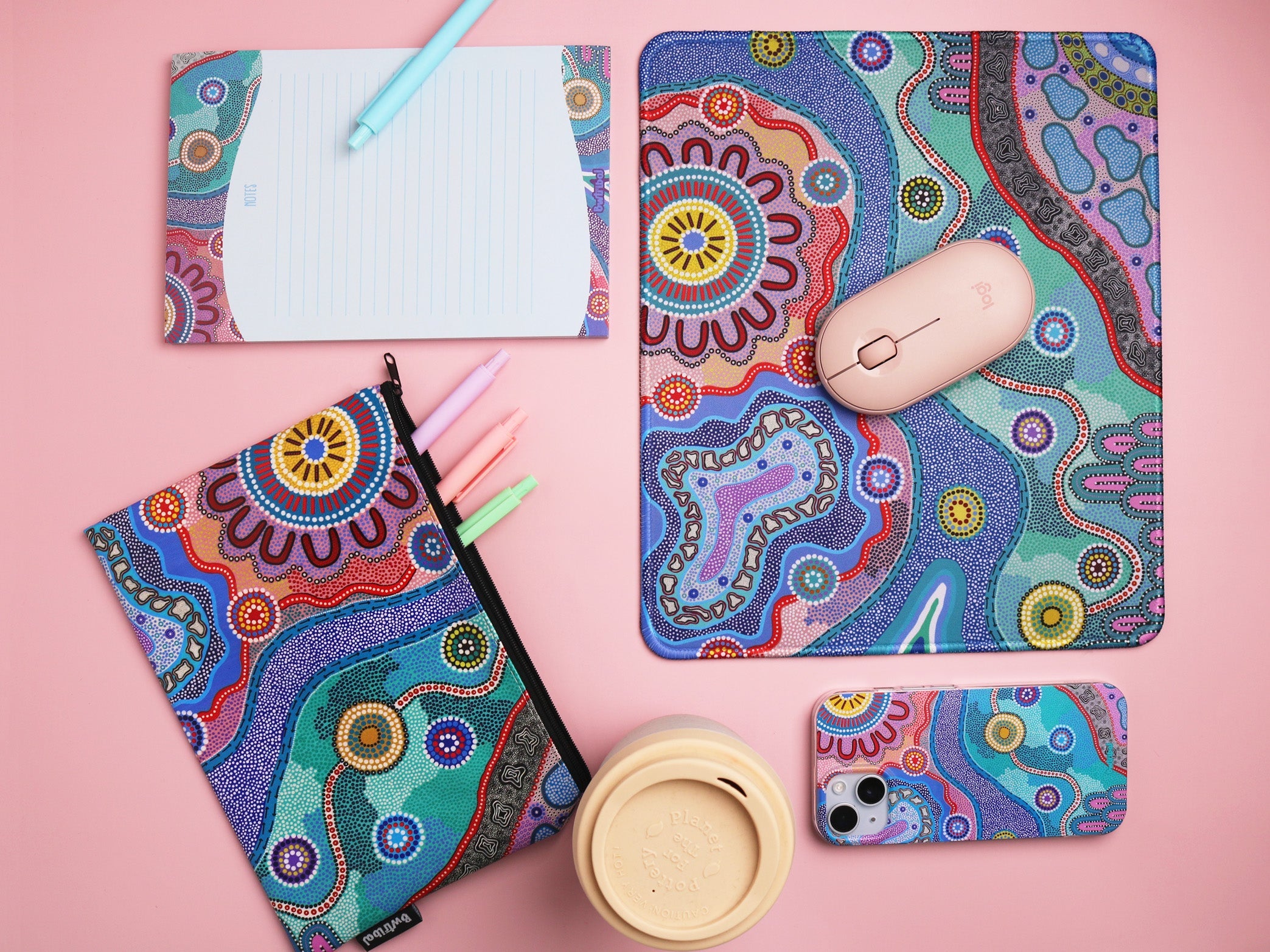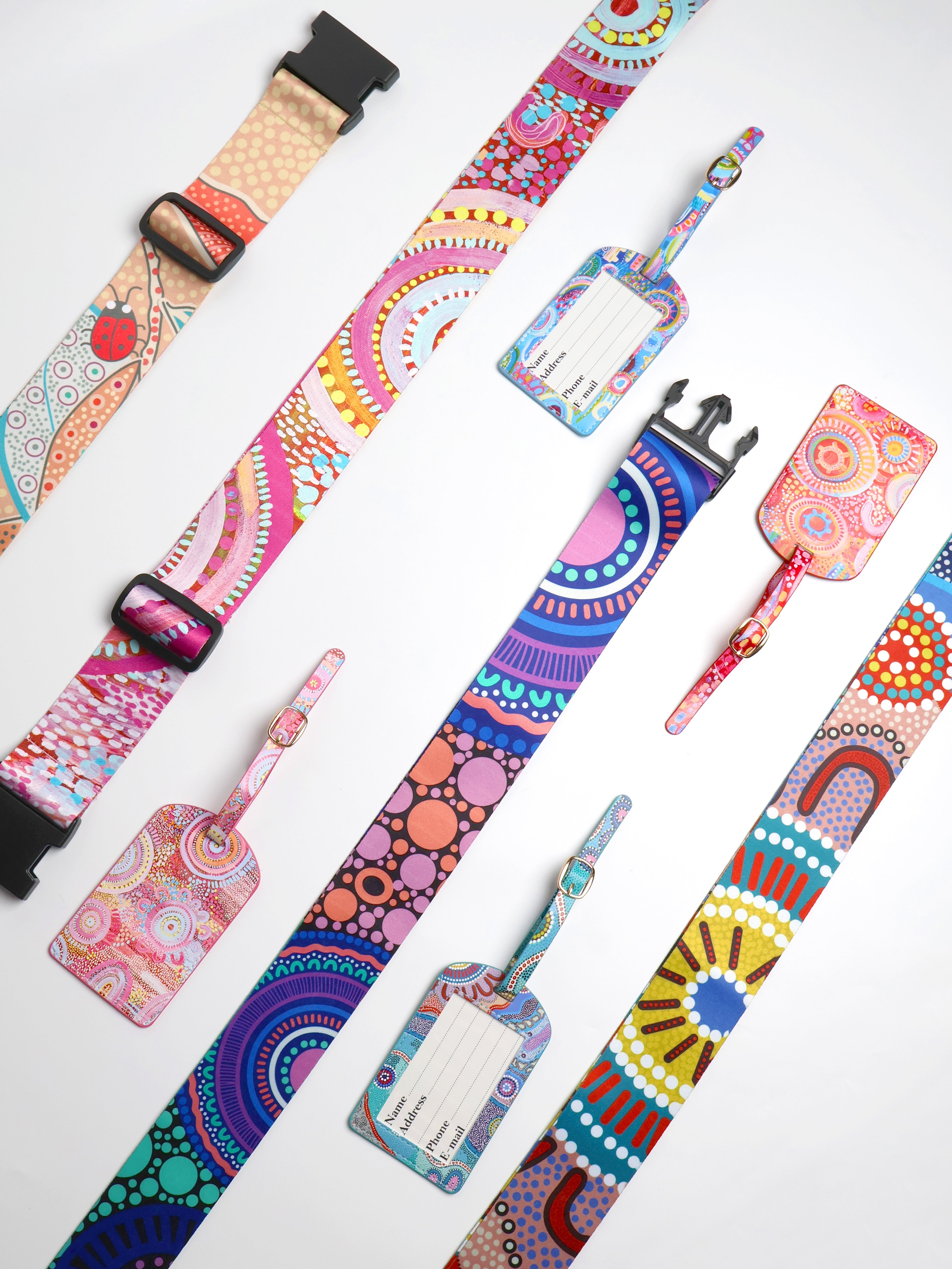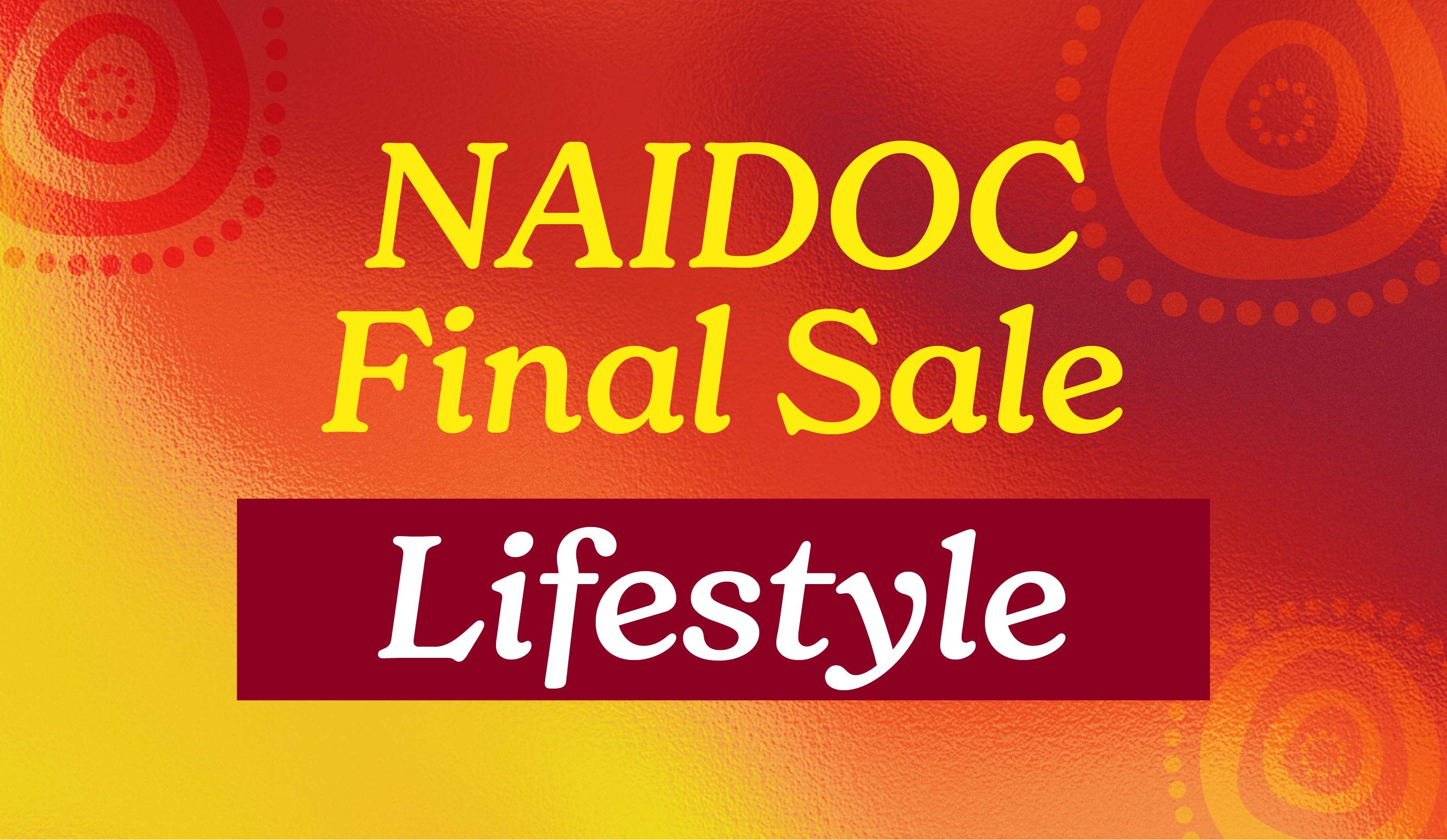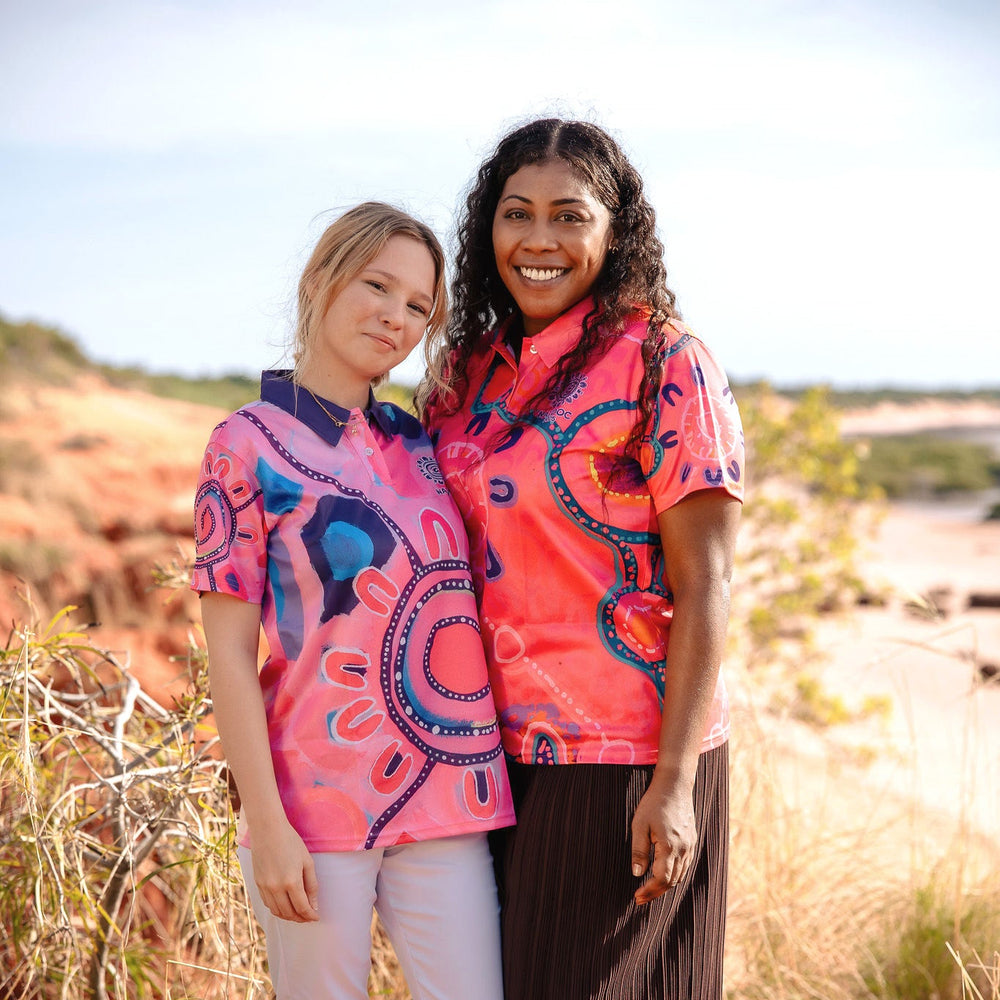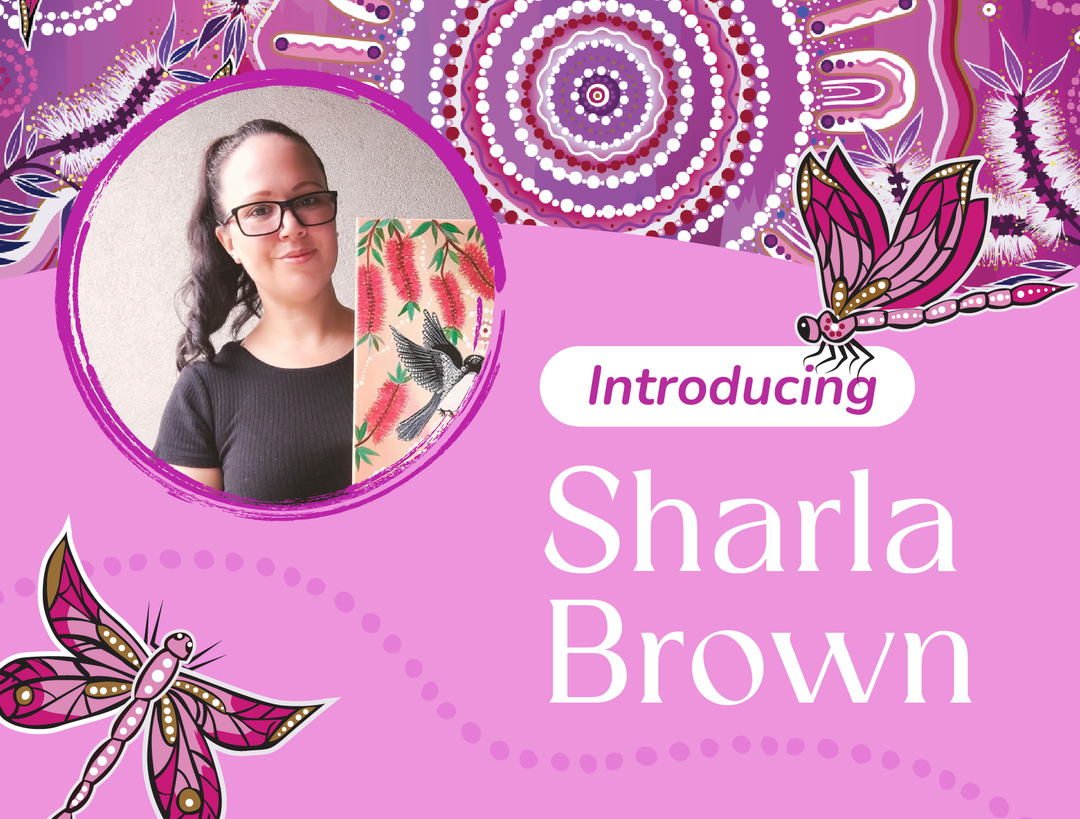A striking black and red canvas, split horizontally, with a brilliant yellow sun blazing at its centre. The Aboriginal flag is a powerful symbol that speaks volumes about Australia's First Nations people. The Aboriginal flag, dreamed up by Luritja artist Harold Thomas back in 1971, has become an iconic emblem of Indigenous pride, struggle, and resilience.
A Palette with Purpose
Let's break down this eye-catching design, shall we?
Black: The top half of the flag is as black as the night sky. It represents the Aboriginal people themselves – their strength, their history, their skin, and their unbreakable spirit. It's a nod to the countless generations who've called this land home since time immemorial.
Red: The bottom half blazes red, like the dusty heart of the outback. This isn't just any old colour – it's the lifeblood of the land itself. It speaks to the deep connection Aboriginal people have with Country. It's also a solemn reminder of the blood shed in the long fight for rights and recognition.
Yellow: Right in the middle, a golden circle shines bright. This is the sun, the giver of life, the great protector. In Aboriginal culture, the sun isn't just a ball of gas in the sky – it's the very essence of creation, warming the land and nurturing all living things.
From Protest to Pride
Designed by artist Harold Thomas (Bundoo), The Aboriginal flag first unfurled in Adelaide on a sunny July day in 1971. It was National Aborigines Day, and little did anyone know that this piece of cloth would become a rallying cry for generations to come.
As the land rights movement gained momentum, the flag became its unofficial standard. It flew high at protests, fluttered proudly at community events, and slowly but surely worked its way into the hearts of Indigenous people across the country.
In 1995, the powers that be finally cottoned on to what everyone else already knew – this flag was something special. It was officially recognised as one of Australia's national flags, taking its rightful place alongside the Australian flag and the Torres Strait Islander flag.
More Than Just a Flag
These days, you'll spot the Aboriginal flag just about everywhere. It's not just reserved for official buildings or big events – you'll see it on t-shirts, painted on walls, and proudly displayed in homes and businesses across the country.
For Aboriginal people, it's so much more than just a design. It's a statement of identity, a source of pride, and a reminder of the long road travelled and the journey still ahead. It's a way of saying, "We're here, we've always been here, and we're not going anywhere."
The Last Word
So, next time you see those bold black, red, and yellow stripes, take a moment to really look at them. There's a whole world of meaning woven into that simple design. It's a story of struggle and survival, of deep connections to land and culture, and of a people who've faced incredible odds and come out swinging.
The Aboriginal flag isn't just a symbol – it's a celebration of resilience, a call for unity, and a vibrant reminder of the rich cultural tapestry that makes Australia truly unique.







